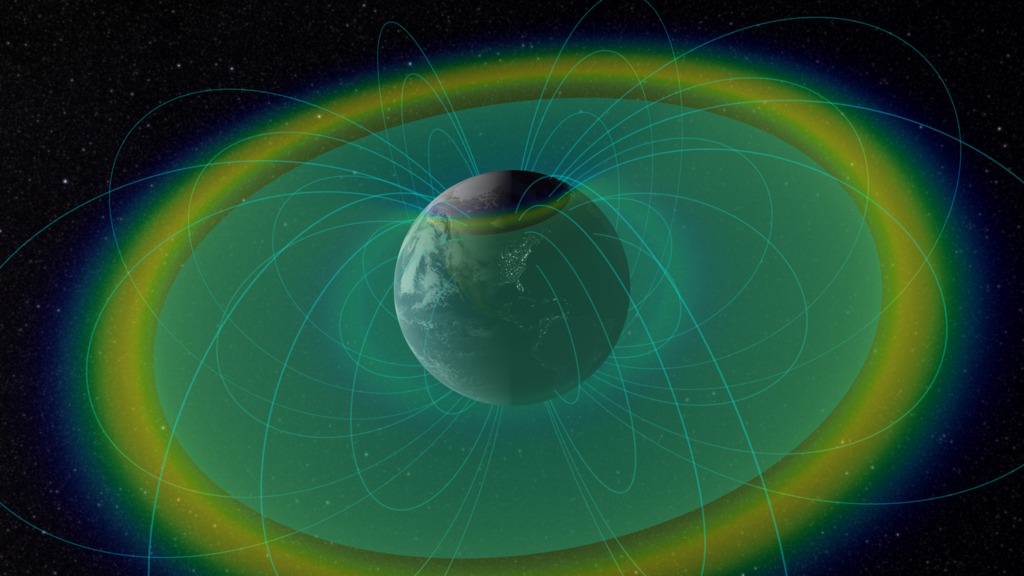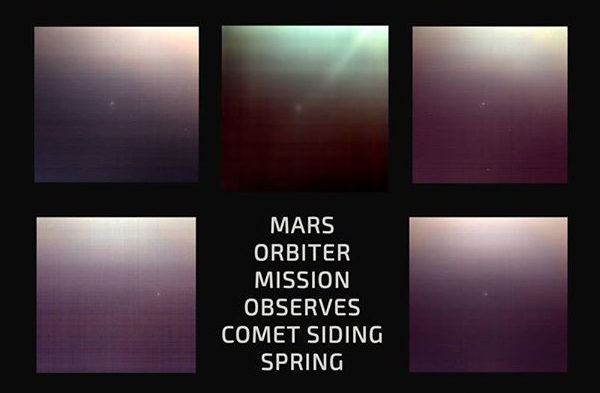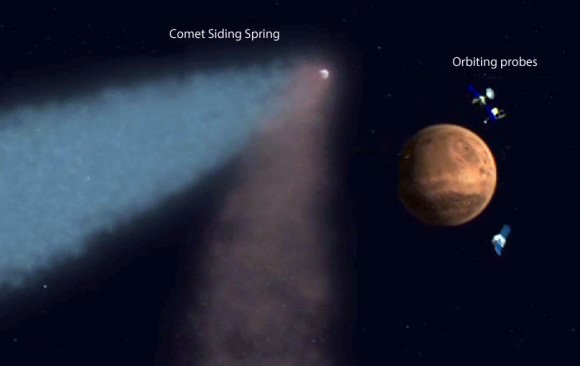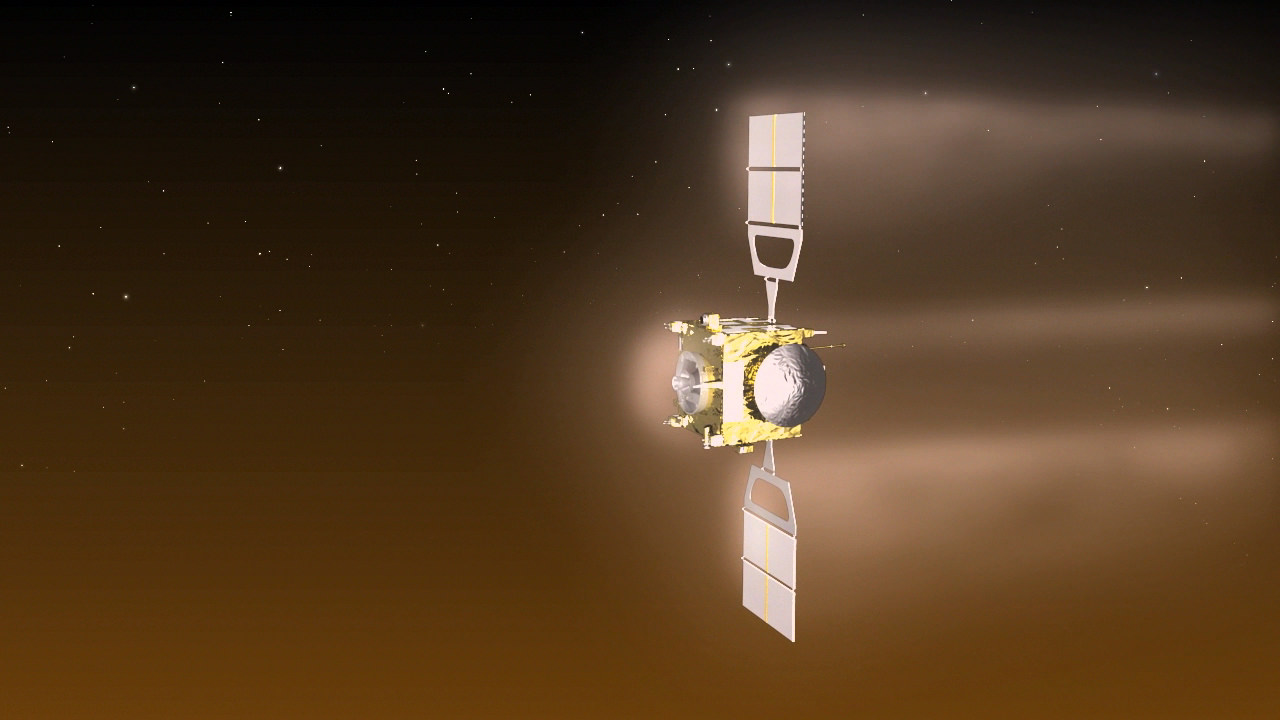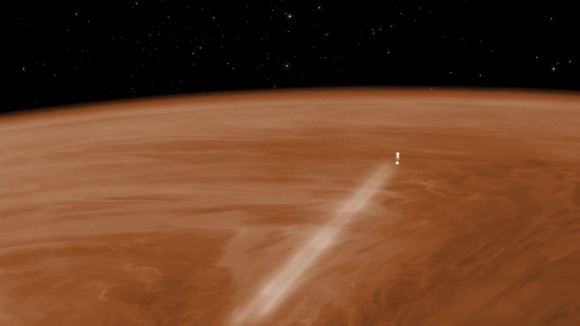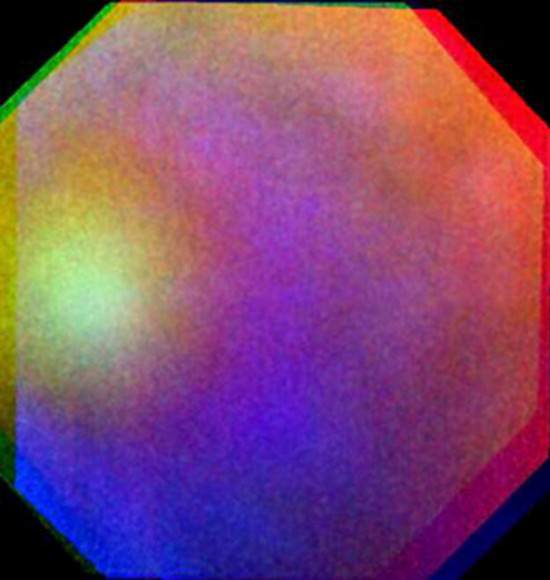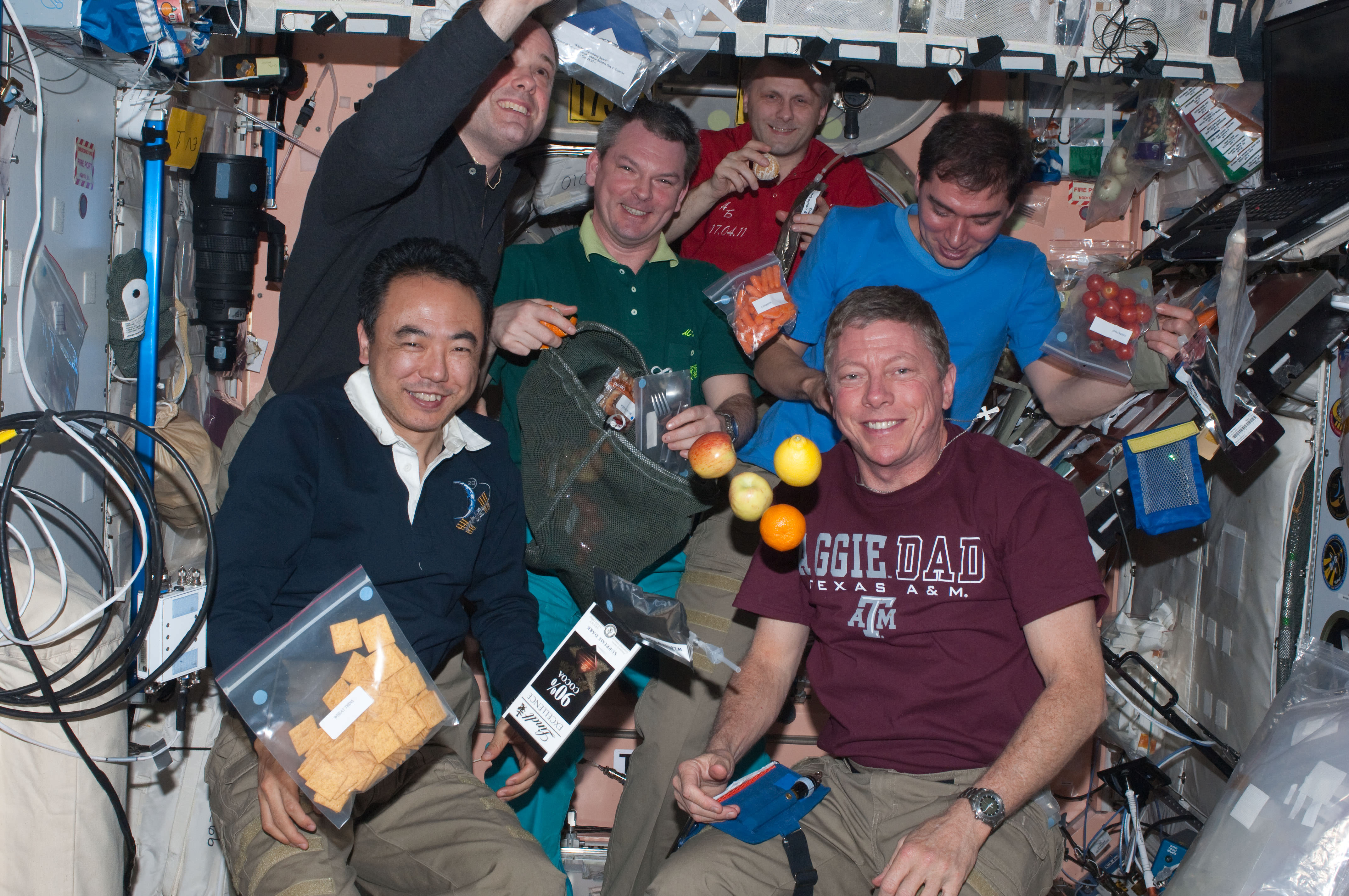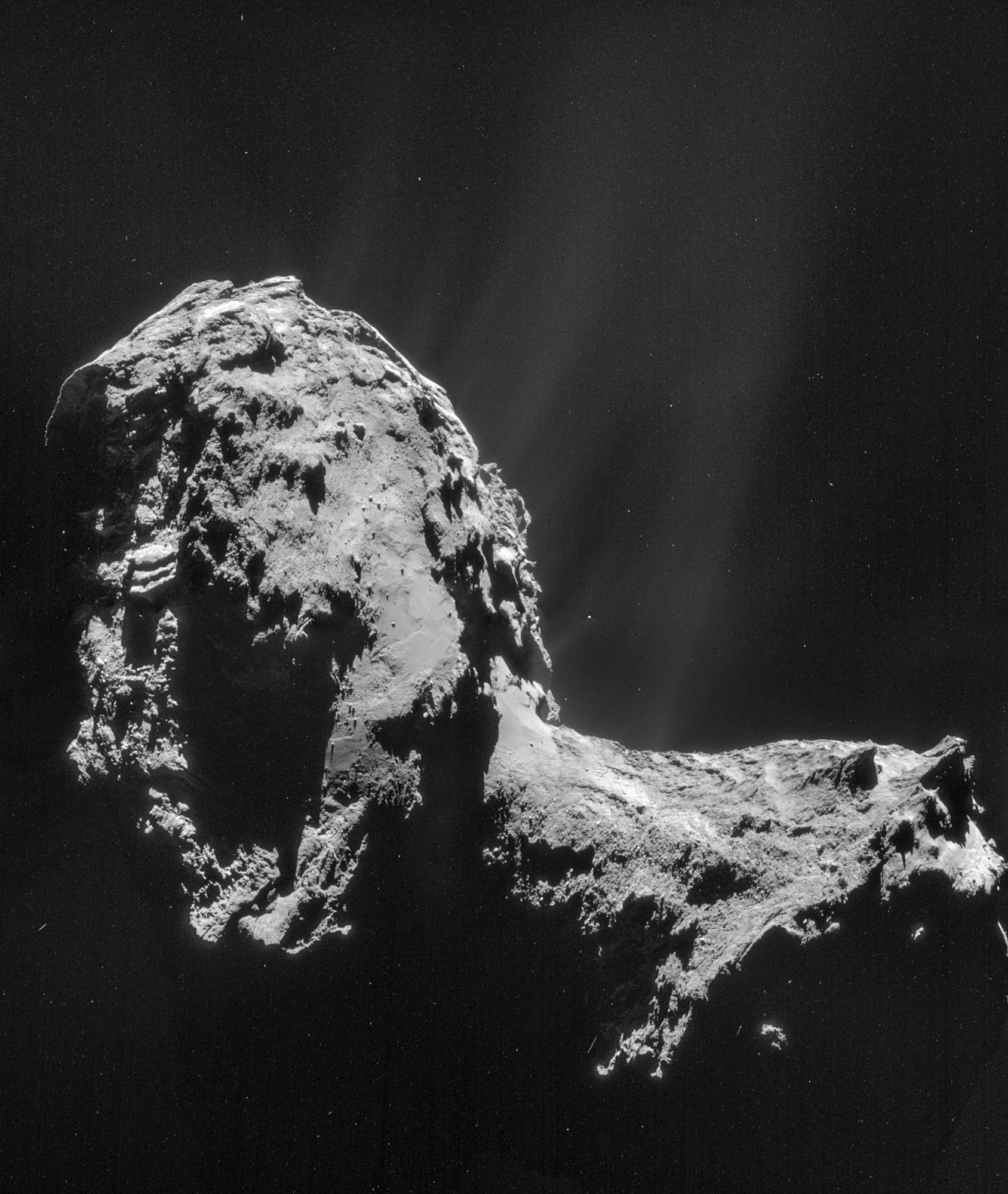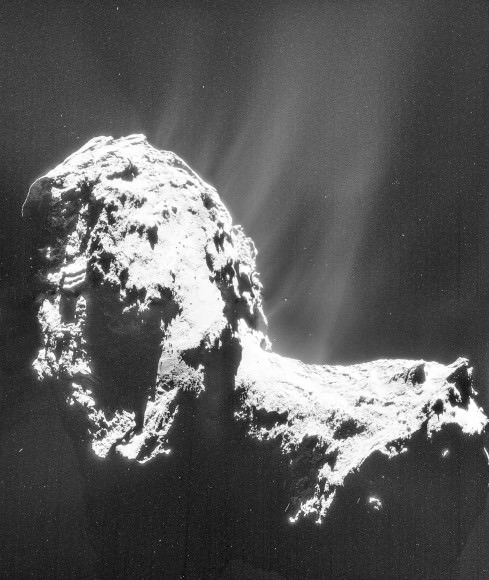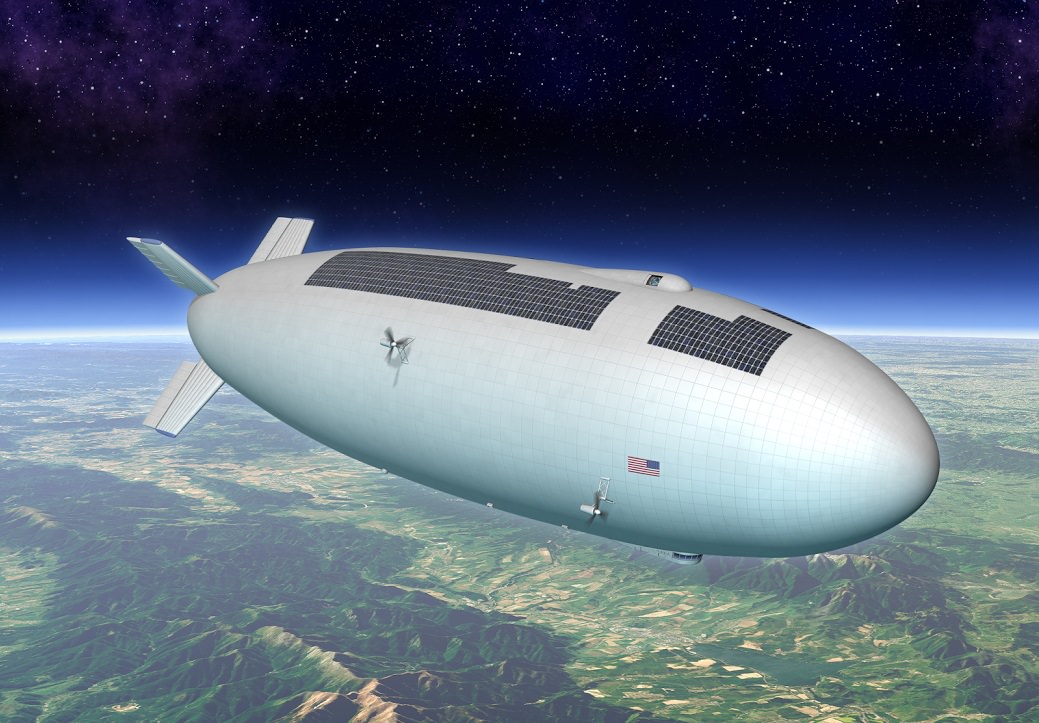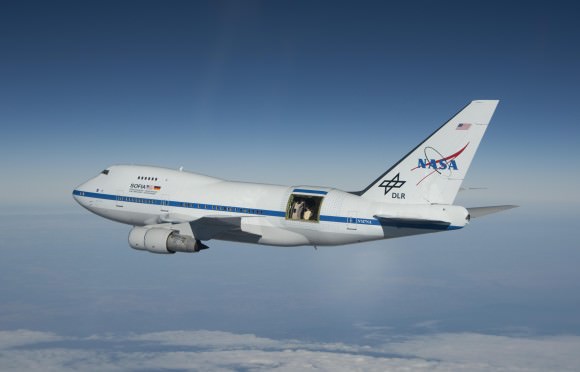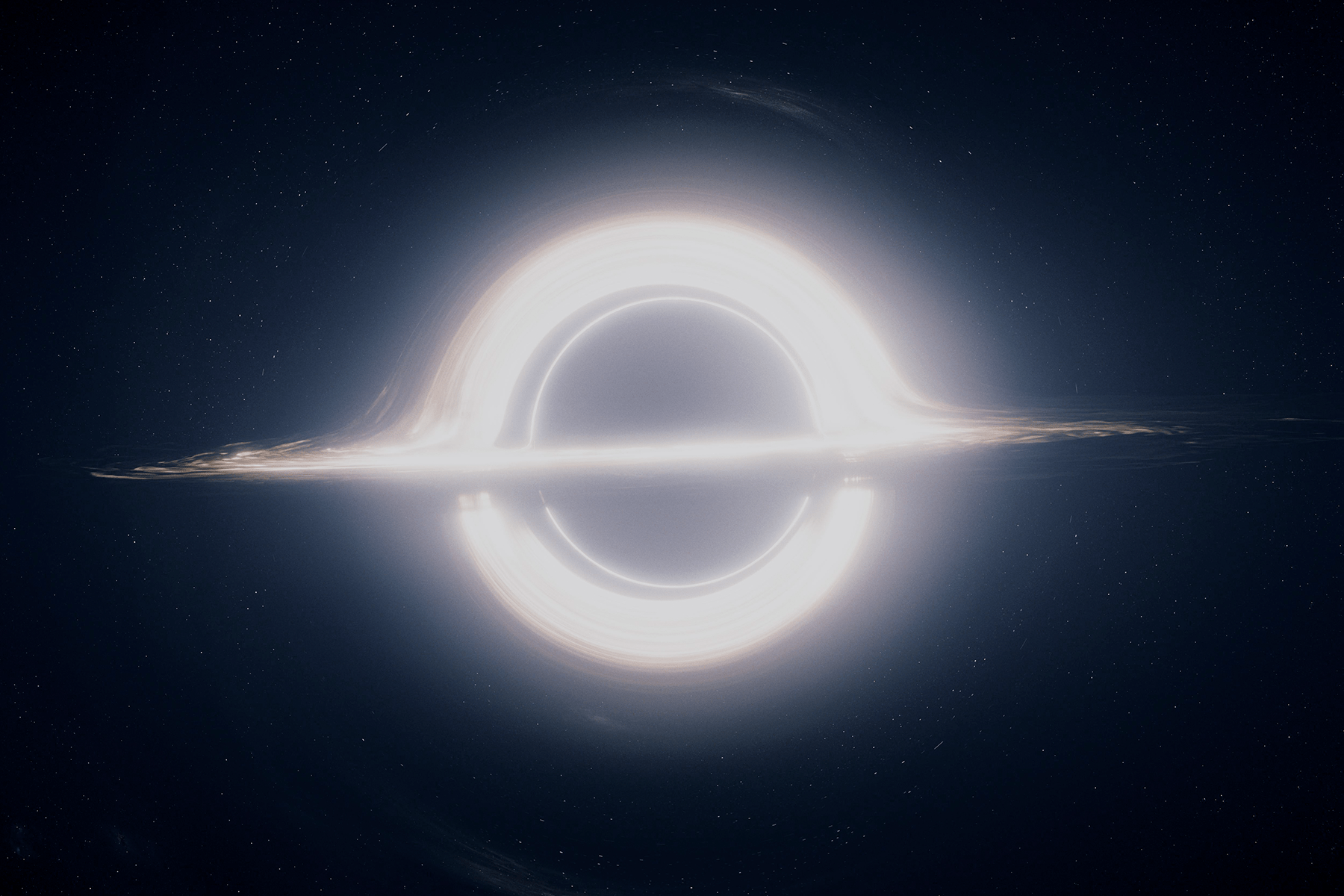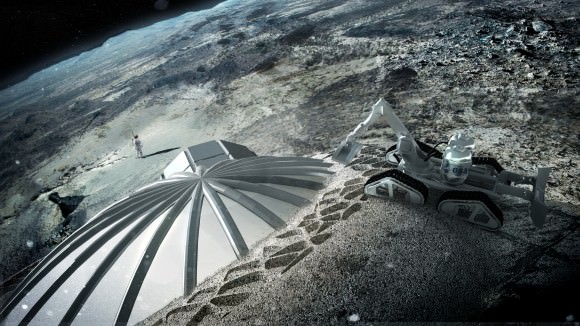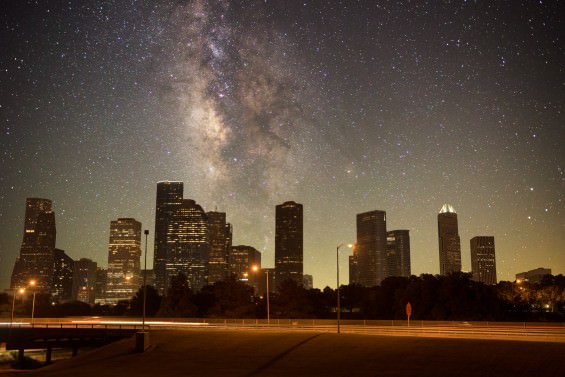It’s a well-known fact that Earth’s ozone layer protects us from a great deal of the Sun’s ultra-violet radiation. Were it not for this protective barrier around our planet, chances are our surface would be similar to the rugged and lifeless landscape we observe on Mars.
Beyond this barrier lies another – a series of shields formed by a layer of energetic charged particles that are held in place by the Earth’s magnetic field. Known as the Van Allen radiation belts, this wall prevents the fastest, most energetic electrons from reaching Earth.
And according to new research from NASA’s Van Allen probes, it now appears that these belts may be nearly impenetrable, a finding which could have serious implications for future space exploration and research.
The existence of a belt of charged particles trapped by the Earth’s magnetosphere has been the subject of research since the early 20th century. However, it was not until 1958 that the Explorer 1 and Explorer 3 spacecrafts confirmed the existence of the belt, which would then be mapped out by the Explorer 4, Pioneer 3, and Luna 1 missions.
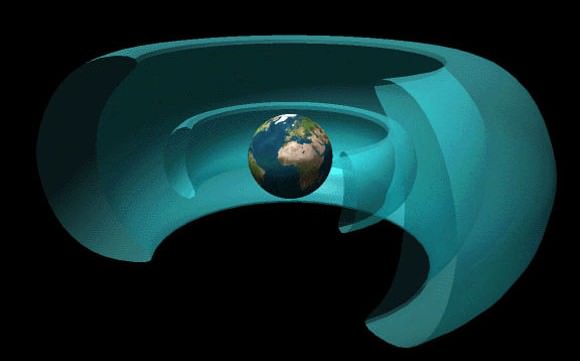
Since that time, scientists have discovered much about this belt, including how it interacts with other fields around our planet to form a nearly-impenetrable barrier to incoming electrons.
This discovery was made using NASA’s Van Allen Probes, launched in August 2012 to study the region. According to the observations made by the probes, this region can wax and wane in response to incoming energy from the sun, sometimes swelling up enough to expose satellites in low-Earth orbit to damaging radiation.
“This barrier for the ultra-fast electrons is a remarkable feature of the belts,” said Dan Baker, a space scientist at the University of Colorado in Boulder and first author of the paper. “We’re able to study it for the first time, because we never had such accurate measurements of these high-energy electrons before.”
Understanding what gives the radiation belts their shape and what can affect the way they swell or shrink helps scientists predict the onset of those changes. Such predictions can help scientists protect satellites in the area from the radiation.
In the decades since they were first discovered, scientists have learned that the size of the two belts can change – or merge, or even separate into three belts occasionally. But generally the inner belt stretches from 644 km to 10,000 km (400 – 6,000 mi) above the Earth’s surface while the outer belt stretches from 13,500 t0 58,000 km (8,400 – 36,000 mi).
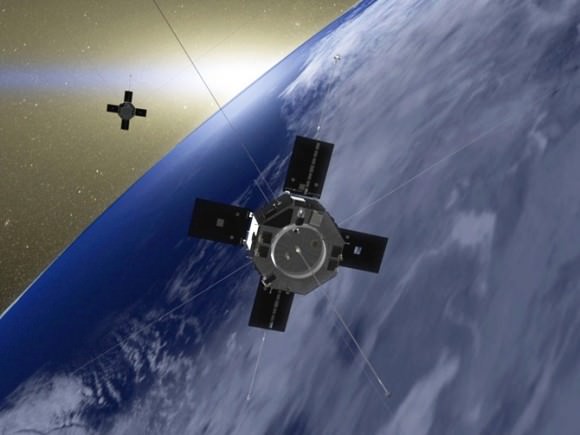
Up until now, scientists have wondered why these two these belts have existed separately. Why, they have wondered, is there a fairly empty space between the two that appears to be free of electrons? That is where the newly discovered barrier comes in.
The Van Allen Probes data showed that the inner edge of the outer belt is, in fact, highly pronounced. For the fastest, highest-energy electrons, this edge is a sharp boundary that, under normal circumstances, cannot be penetrated.
“When you look at really energetic electrons, they can only come to within a certain distance from Earth,” said Shri Kanekal, the deputy mission scientist for the Van Allen Probes at NASA’s Goddard Space Flight Center in Greenbelt, Maryland, and a co-author on the Nature paper. “This is completely new. We certainly didn’t expect that.”
The team looked at possible causes. They determined that human-generated transmissions were not the cause of the barrier. They also looked at physical causes, asking if the shape of the Earth’s magnetic field could be the cause of the boundary. However, NASA scientists studied and eliminated that possibility and determined that the presence of other space particles appears to be the more likely cause.
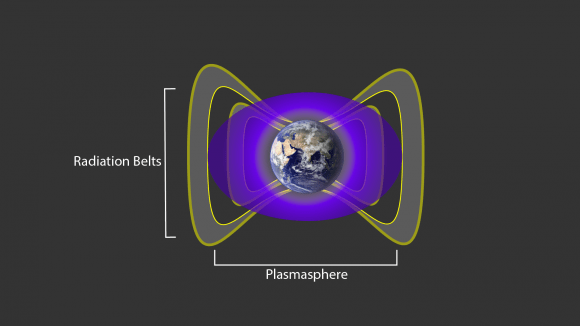
The radiation belts are not the only particle structures surrounding Earth. A giant cloud of relatively cool, charged particles called the plasmasphere fills the outermost region of Earth’s atmosphere, beginning at about 600 miles up and extending partially into the outer Van Allen belt. The particles at the outer boundary of the plasmasphere cause particles in the outer radiation belt to scatter, removing them from the belt.
This scattering effect is fairly weak and might not be enough to keep the electrons at the boundary in place, except for a quirk of geometry – the radiation belt electrons move incredibly quickly, but not toward Earth. Instead, they move in giant loops around Earth.
The Van Allen Probes’ data show that in the direction toward Earth, the most energetic electrons have very little motion at all – just a gentle, slow drift that occurs over the course of months. This movement is so slow and weak that it can be rebuffed by the scattering caused by the plasmasphere.
This also helps explain why – under extreme conditions, when an especially strong solar wind or a giant solar eruption such as a coronal mass ejection sends clouds of material into near-Earth space – the electrons from the outer belt can be pushed into the usually-empty slot region between the belts.
“The scattering due to the plasmapause is strong enough to create a wall at the inner edge of the outer Van Allen Belt,” said Baker. “But a strong solar wind event causes the plasmasphere boundary to move inward.”
A massive inflow of matter from the sun can erode the outer plasmasphere, moving its boundaries inward and allowing electrons from the radiation belts the room to move further inward too.
The Johns Hopkins Applied Physics Laboratory in Laurel, Maryland, built and operates the Van Allen Probes for NASA’s Science Mission Directorate. The mission is the second in NASA’s Living With a Star program, managed by Goddard.
A paper on these results appeared in the Nov. 26, 2014, issue of Nature magazine. And be sure to watch this animated video produced by the Goddard Space Center that explains the Van Allen belt in brief:
Further Reading: NASA

